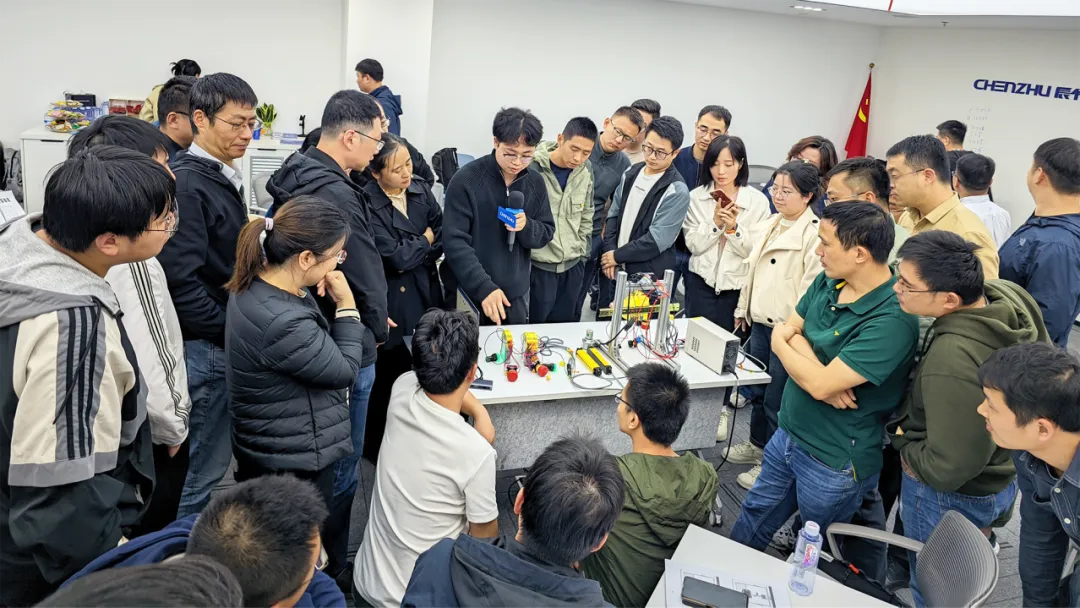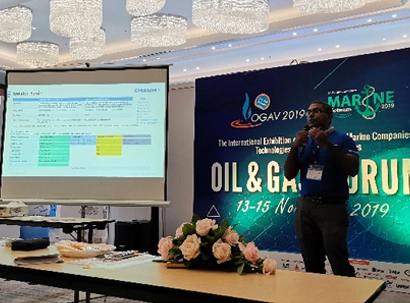Lightning disaster occurs frequently in summer, which belongs to a kind of meteorological disaster and is one of the ten most serious natural disasters recognized in the world. Lightning can cause casualties, damage to buildings, forest fires, damage to power and communication equipment, resulting in air accidents, etc., and may cause huge losses to people's lives and property. According to the satellite observation results of lightning around the world, it is estimated that there are about 46 lightning strikes in the world every second.
Formation of lightning
Lightning is the phenomenon of lightning and thunder produced during the intense development of cumulonimbus cloud. It is the discharge phenomenon between clouds, between clouds and ground, between clouds and air after the potential difference increases to a certain extent. It is often accompanied by strong winds, rain, hail and tornadoes, which is a local but very violent natural disaster weather.
An intercloud discharge occurs when the strength of an electric field somewhere exceeds the breakdown strength that air can withstand due to the accumulation of electric charges. This cloud-to-cloud discharge (flak lightning) accounts for about 95% of the lightning phenomenon. Generally, it does not pose a threat to buildings, but the lightning electromagnetic pulse generated by it poses a strong threat to electrical systems. Globally, it is recognized that the damage radius of a lightning strike is about 2km. [The calculation of lightning damage radius r=λ/2π=c/2πf=3×108/(2×3.14×25×103)≈2km (the main frequency of lightning is about 25 KHZ, propagation speed c=3×108m/s, λ=c/f, λ: wavelength, f: frequency, π: PI)]. Any electronic system within this range could be subjected to a destructive attack.
Due to the electrostatic induction of the negative charge of thunderclouds, the nearby ground accumulates positive charge. When the electric field intensity reaches the critical value of air dissociation, there is the discharge between the cloud and the ground (linear thunder), accounting for about 5% of the lightning phenomenon, which poses a strong threat to the ground buildings and information systems. When the earth is struck by lightning, most of the negative charges on the thunderclouds discharge to the earth, and only 10% of the positive charges on the thunderclouds discharge to the earth. During the main discharge of lightning, the current in its lightning channel is about 10,000 amps, sometimes up to 100,000 amps or more.
It generates strong electromagnetic radiation into space and causes the temperature of the passageway to soar, up to tens of thousands of degrees Celsius. The expansion of air caused by the warming causes a strong shock wave. These physical effects can cause huge damage in an instant, destroying buildings and equipment, interrupting power supply and distribution systems and computer information systems, causing forest fires and burning or even explosions in petrochemical, gas, storage and other places, and endangering people's lives and property.
Frequency and current of lightning
The discharge from negatively charged thunderclouds to earth is negative flash, the discharge from positively charged thunderclouds to earth is positive flash, and the discharge from thunderclouds to earth is mostly negative flash, and the peak value of the discharge from thunderclouds to earth is mostly 20 to 50ka. Positive flash is stronger than negative flash, and its current amplitude is often more than 100kA.
Frequency and peak current of lightning:
The odds are 99%, 90%, 50%, 10%, 1%
Peak lightning current: ≥3kA ≥8kA ≥28kA ≥80kA ≥200kA
Area of lightning activity
Areas of lightning activity are divided according to the average number of thunderstorm days. A thunderstorm day refers to the day on which thunderstorms occur. In other words, if the thunder is heard once or more in a day, it will be counted as a thunderstorm day.
Average thunderstorm day is a long time observation data, which reflects the intensity of thunderstorm activity in a region, and is one of the important parameters in the study of lightning disaster. Thunderstorm days are divided into:
Less thunderstorm area: areas with annual average thunderstorm days less than 20 days;
More thunderstorm area: areas with 20 days < annual average thunderstorm days ≤40 days;
High thunderstorm area: areas with 40 days < annual average thunderstorm days ≤60 days;
Strong thunderstorm area: Areas with an average annual thunderstorm day of more than 60 days.
Check with your local weather office for the latest data.
The destructive form of lightning
Direct lightning
Lightning may directly act on overhead lines, outdoor antennas, data transmission lines, and discharge electricity directly to buildings on the ground, overhead transmission lines, or communication cables. When the lightning directly acts on a building or the top of the building, the lightning current is introduced to the ground device, which makes the ground potential rise, causing a part of the lightning flows through the ground wire into the electrical equipment in the building. If the building is not properly protected, the release of high-energy lightning will damage various facilities and may cause fire.
Indirect lightning
A lightning strike near a building releases a large current and generates a strong magnetic field at the lightning strike site, which also causes an overvoltage, or surge voltage, of the equipment in the building. A lightning discharge 100m away from a data cable or building may induce a 6kV/3kA surge on the data cable. If the affected electrical equipment is not protected by SPD, it may be damaged or disabled, leading to accidents such as accidental parking, and causing heavy losses.


